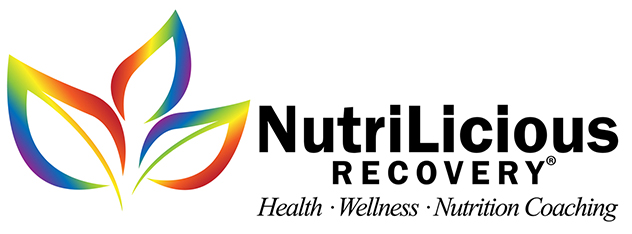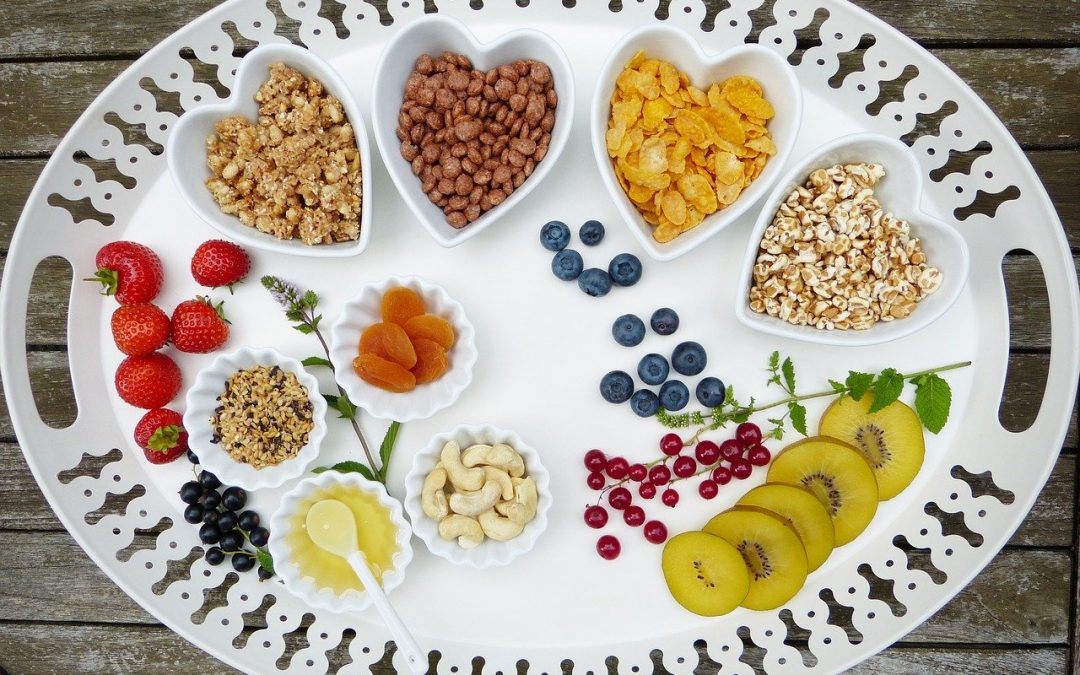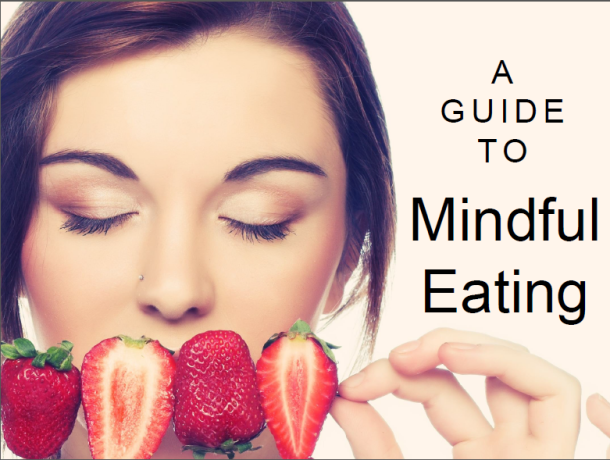No one changes habits overnight, instead it’s always a journey of conscious purpose. Many people want successful change, but aren’t sure how to build themselves up for success. I always start with information. What are the goals? Why? How motivated are individuals to reach those goals. Three simple questions, but they are so necessary to answer to form the foundation, motivation, and execution of change.
The other necessary awareness is what to expect during the journey. There are five phases of change. Not everyone takes time to experience all 5, but most successful people do.
- Phase 1. One change at a time. If you want to eat more plant-based for example, you can think about eating ONE plant-based meal/week at first. Many people try out “meatless Mondays” for example. During this process you will explore and learn how to make various plant-based meals. Some will be “keepers,” and repeated. After enough “keeper” meals are accumulated, you will find it easier to upgrade to ONE plant-based meal/day. In this way the goal is reached in a slow gradual process ensuring an easier journey and more success.
- Phase 2. Begin at home. If you want to eliminate dairy from your diet for example, you can begin this practice at home where you have more control over ingredients and meal planning. But when you are out, you will choose to eat what is available. By making this small commitment at home, you will begin to acclimate to non-dairy foods, experiment with alternatives, and be more successful when you want to expand the commitment to non-dairy at home and out.
- Phase 3. Peer Pressure. When you change eating habits, others around you at social events may reject that change; or they may experience an inconvenience in preparing a special meal, they may not believe there is a valid reason for you to change your eating habits. They may feel your new habits interfere with their normal eating routine or challenge their beliefs on health. They may want you to bring your own food. Regardless of this push-back, remember that you have chosen to do something good for yourself, and stay on track. Expect some questions or push-back, and be prepared to explain that you are trying to eat healthier, or the doctor has asked you to be on a special diet for good reason. When your friends and family see consistency, they will surprise you with acceptance… or they may just join you on the journey to better health!
- Phase 4. Crowding out with transition foods. Once you reach this phase, you are ready for a full commitment, and want to do it; but may need a little push. Transition foods allow that little push to keep you going. Let’s say you are eliminating all processed sugars for example. You can still use some stevia or equal or a healthy blend of sweet fruits to substitute for sugar. In this way, you can reach your goal of 24/7 no refined sugars.
- Phase 5. 24/7 commitment. Using the sugar elimination example….continuing to consume extra sweetened foods can be a great transition to reach goals; but at some point, we want to stop using crutches. By continuing to eat extra sweetened foods, you are not allowing your taste buds to re-acclimate to foods with less sugar. And when friends/family see you eating a little sweetener here and there, it becomes more difficult to stick to healthier foods when socializing with them. They can’t take it seriously because you… yourself… are not taking it 100% seriously. So goals are made to be reached, so you must strive and believe that you will reach 100% compliance, AND there is a reward to achieve once you get there. Sometimes it is a make or break achievement if you never push yourself to 100% compliance – a time for transition foods to begin to disappear. As your taste buds acclimate, the craving for transition foods also disappears.
- Phase 5. Social embracement. When your friends and family sees the consistent new habits, they will become more familiar with your eating routine. They will begin to embrace your decisions, and this is when they will look for positive effects of your new eating routine. Upon seeing those, that is when some of them will try and explore new eating routines for themselves. This step is very important as you will now be impacting positive change in others. Sometimes all people need to see is a trailblazer to show them that it can be done… and yes, they can too!
- Phase 6. Second Nature. This is the final phase when your new eating habits become second nature to you AND those around you. This is the phase when you will see and feel the rewards of your new way of life. You may see improved health, physical appearance, and outlook. You will now be viewed as a successful person because you completed a difficult journey, with expert proficiency. And the results speak for themselves. Enjoy the ride on this phase…. It is the reward you have been seeking for your entire journey.



